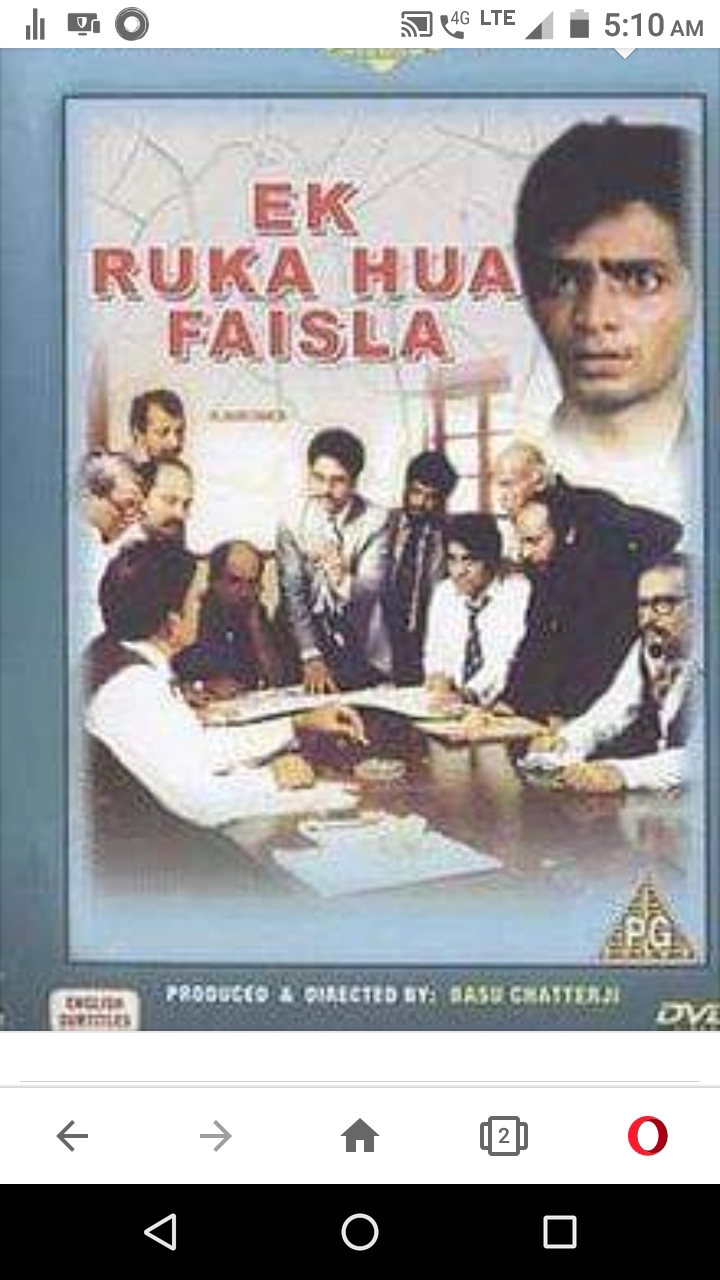On the road."
As we came out of Charbagh Railway Station we were greeted by a chorus of loud shouts of "Aaiye sahib idhar aayiye " (come this way sir) by the horse-drawn Tanga drivers.
we chose a sturdy new tanga. The elders settled in the back seats of the Tanga and kids were helped up to the front, safe, seats. The big black trunk, the holdall and the suitcase were pushed into the ample luggage space under the seats on the footboard by the red-shirted coolie who had carried our luggage from the train.
The Tanga driver touched the back of the horse lightly with the whip and on cue the horse began trotting. Another light flick of the whip on its back made the horse pick up speed. Time and again the horse raised his tail and farted. Sitting right behind the horse's tail, I faced this barrage of farts and droppings as the horse cantered along the road through light traffic. . . . .
Now a word about the Tanga. It was one of the three types of horse drawn carriages then in common use, around 1950 . Cycle rishaw came later and auto-rikshaw much later. The affluent class had their own private Tuntums. Public transport was provided by Tanga and Ekkathe latter being a poor man's cheap transport, an uncomfortable alternative to Tanga. It had a flat hard floor on which the passengers squatted. Devoid of cushions and shock absorbers, even a short journey in an ekka rattled the occupants.
We have come a long way since. First came the cycle rikshawrobbing the tanga walas of livelihood. Rikshaw was compact and much cheaper and slowly replaced the tanga as the preferred mode of city transport. Then the city started expanding exponentially and the faster cheaper auto rikshaw grabbed the major share of longer distance travel. First of these auto rikshaw were peculiar contraptions driven by powerful bullet motorcycle . Then came factory made Tempo brands in early sixties.These long black contraptions made a huge amount of noisen. They could seat more people and the charges were moderate.
Then came the compact,mass produced, scooter powered auto rikshaw that we see today.They give a comfortable ride, occupy less of road space and are fast.
Lately electric vehicle are replacing the traditional vehicles and so we have what are known as E- rikshaw.These are slow moving uncomfortable vehicles but have taken a good share of public transport.
For the present auto rikshaws rules the roost. The city is now getting to the next generation city transport - THE METRO !!
***




























